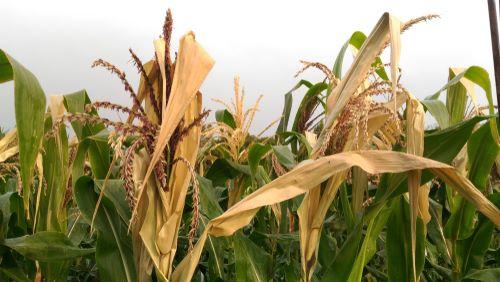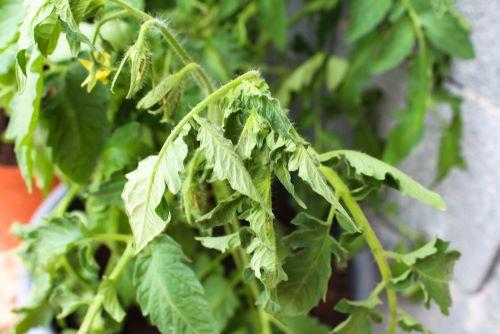4+1 ways to protect our plants from the heatwave
By AgriSC scientific team
High temperatures, heat waves, and intense summer sunshine affect every farmer or gardener. However, their effects on the crop are often difficult to perceive by people who are not sufficiently informed in this area.
How high temperatures affect plants?
When temperatures exceed 30℃, plants begin to experience severe stress, and the severity of this problem varies depending on the ideal temperatures required for each plant’s average growth.
Difficulties in growth
Some plants, such as lettuce, spinach, cauliflower, and others grown during the winter months, are directly affected by high temperatures. They experience problems in their growth and do not thrive.

Reduction of flowering and fruiting
When plants experience stress due to high temperatures, they reduce their fruiting to save energy. This can mean that plants such as eggplant and beans will not produce flowers or will discard them before pollination occurs. Also, peppers and tomatoes may produce fewer flowers to serve other needs.
Intense sunlight causes burns on fruits and leaves, especially if they are wet from irrigation. These burns appear as white stains on fruits and leaves and can be mistaken for pesticide toxicity.
Plants twist their leaves inwards at midday to avoid exposure to the sun’s intense radiation and ultraviolet rays, reducing the surface area exposed to radiation. This plant reaction appears slightly wilting, but it is a normal response to the high summer temperatures and should not be a concern.
How can we deal with the situation?
1. Morning watering
It is vital to manage watering properly during the heatwave. Plants absorb the necessary water through their roots and release water vapor from their leaves.
Think of the plant as a large pump or straw used to drink our coffee. During the day, the open mouths of the leaves allow water to pass from the plant to the atmosphere. This leads to a reduction in the water potential of the roots and a push for the plant to draw more water from the soil. Therefore, the morning hours are ideal for the plant to keep the leaf mouths open and absorb sufficient water before it evaporates from the soil.

2. Density of planting or common cultivation with plants that provide shade in the soil
A dense planting can be adopted, but not too thin, as this can cause fungal diseases. This practice suits leafy plants such as lettuce, spinach, pumpkin, and melon. The idea is that these plants, with their lush leaves, will cast shade on the soil during the day, helping to retain moisture around their roots.
3. Avoid the use of fertilizers
During the heatwave, when you notice that your plants are suffering from high temperatures and losing their flowers, you may be inclined to think that they need fertilizers to recover.
However, this is a wrong approach. During this time, plants seek to reduce their biological processes and metabolism, so rapid growth will further deplete them.
For balanced fertilizer management, monitor the weather forecast and plan to apply fertilizer on days with milder temperatures.

4. Harvest the ripe fruits before the heatwave season
Collecting the ripe fruit just before the heatwave is an extremely useful measure for caring for your garden plants. The ripe fruits, which remain on the plant, consume valuable energy and nutrients from the plant, causing stress and delaying the next flower production, as is the case with peppers, tomatoes, zucchini, and eggplants.
The seeds of mature fruits often begin to secrete substances that affect the plant’s ability to fix the nutrients of photosynthesis in them. By harvesting the fruits before the heating season, the plant avoids a significant waste of resources and saves the energy it would otherwise use.
5. Invest in a sun protection net
Get a sun protection net to protect your plants from UV radiation. This net will protect them from wind, birds, and other dangers.
By keeping your plants under shade, you will prevent the sun’s UV rays from damaging them with burns while at the same time not affecting their ability to carry out photosynthesis.
If you are in an agronomy business, own an agronomy shop, and seeking a collaboration opportunity with AgriSC, fill out the form below. Our team will respond promptly!

